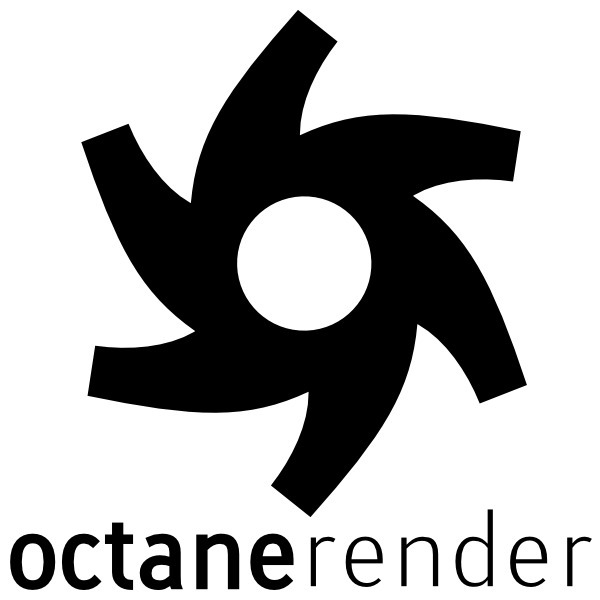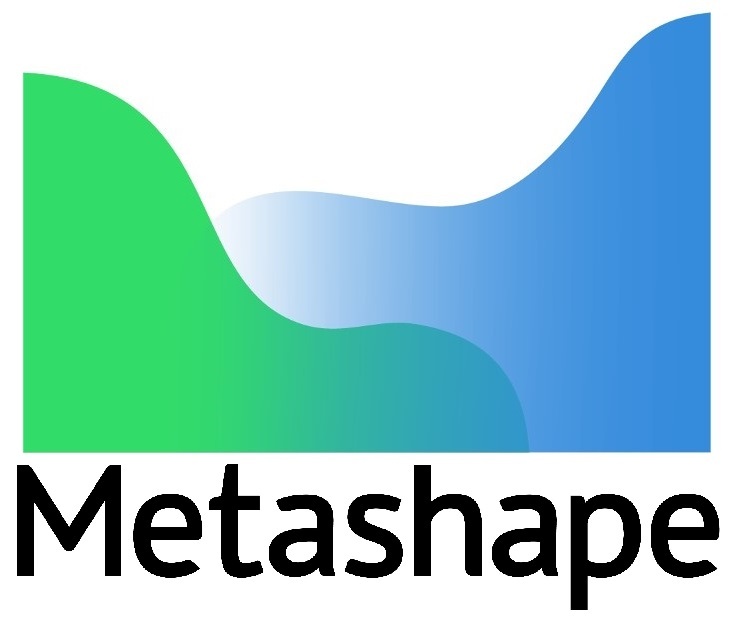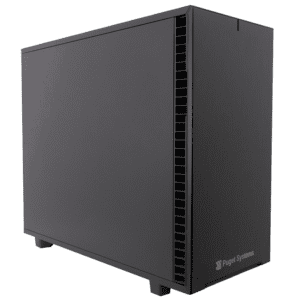V-Ray Next is made up of two rendering engines: a traditional CPU based renderer, as well as a GPU-based hybrid engine that can run on both GPUs and CPUs for extra performance. With the launch of NVIDIA’s new GeForce RTX “SUPER” series of video cards, we are taking a look at how the whole RTX lineup performs on the GPU side of V-Ray Next.










